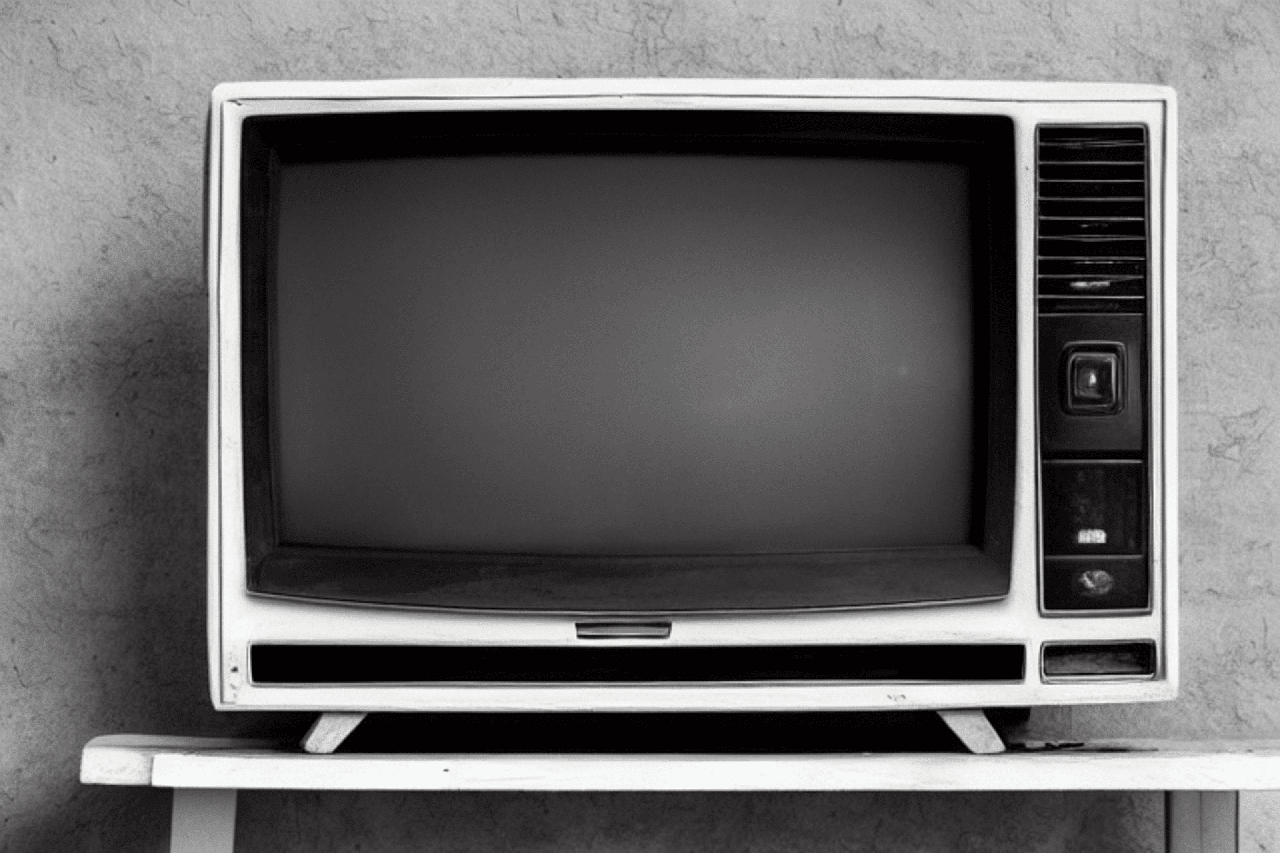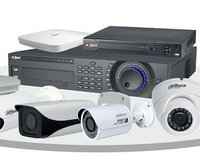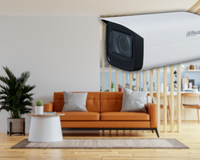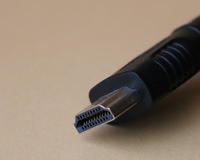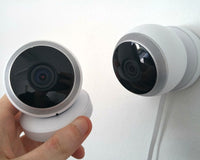One can consider a TV antenna cable as a secret assistant to provide you with free channels on your television set. There is no doubt that it appears to be a regular cable. However, the functioning of your television set can improve to a large extent by selecting the appropriate cable. Moreover, you need to put it in properly. This will help you to see clearer pictures and have reduced issues with a connection. Apart from this, you will also receive stronger signals. Nevertheless, it is important to remember certain aspects before going shopping for TV antenna cables. Here, we have mentioned everything you need to know while upgrading your TV antenna cable.
- Selecting the right type of cable
It’ll be possible for you to choose from two primary types of cables as mentioned below:
- Digital versus analog – The majority of TV shows are available via digital signals. However, you might also come across a blend of outdated analog signals and digital signals. Make it a point to inquire about this to your local TV station. Otherwise, you can also take the help of a website to verify the strength of the signals in your locality. It’ll be a sensible idea to go for a special cable for digital signals if you need it. The majority of the cables function for digital as well as analog signals. Nevertheless, it’ll be a good idea to verify the label on the package before using it.
- Coaxial Cable – This antenna cable is used on a wide scale. There is a middle portion of this cable that has insulation. Then there is likewise a shield built from braided wires along with an external cover. It’ll be a sensible idea to look for TV antenna cables with "RG6" engraved on them while shopping for a coaxial cable. There is one more type of coaxial cable known as RG59 which happens to be thinner and not much powerful for signals. It’ll be advisable to go for RG6.
- Length of the cable and signal loss
You have to face higher signal loss in case the cable is longer. It can result in a weaker picture in the long run. Below, we have mentioned some guidelines for minimizing signal loss:
- Reduce cable runs – While putting in the cable, make sure to go straight without bending much. It is because the cable might get hurt because of bending, resulting in weaker signals.
- Measure the distance – Before getting the cable, make certain to measure the distance of your antenna from the television set. It is a fact that you would not like to go for an excessive amount of cable. However, you also need to have enough cable to move things around behind the TV easily.
- Consider signal amplifiers – A signal amplifier might be required in case the cable is quite long, more than 50 feet. In this way, the signal will become stronger and any kind of loss suffered by it will be fixed as well. Choose an amplifier matching the length of your cable such that the signal is not excessively strong, causing issues.
- The quality and durability of the cable
It will be advisable for you to invest in a good quality cable. Look for these features while doing so:
- Solid Core vs. Stranded Core – Solid core cables will be ideal for sending signals, particularly, if the length of the cable is longer. However, they do not have much flexibility. On the other hand, it is possible to blend stranded core more easily although it might lose some signal while doing so.
- Cable Gauge – There is less possibility for the signal to become lost if the cable is thicker and the gauge number is lower. The majority of the residences are using 18-gauge RG6 cable these days.
- Weatherproofing – If you use TV antenna cables outside, choose one that can handle inclement weather conditions. For this, go for a cable with a powerful cover capable of resisting sunrays and other types of extreme weather conditions.
Final thoughts
Think about several vital things while upgrading TV antenna cables. Verify whether you will need a special cable for digital signals in your locality. Go for RG6 cables since they will be useful for digital as well as old-style signals. Make it a point to put the cable in carefully so that you do not get hurt while doing so. Figure out the distance you would like the cable to go and leave some additional room to move it. If the cable is quite long, use something to strengthen the signal. Also, the cable should handle inclement weather conditions if you use it outdoors.

